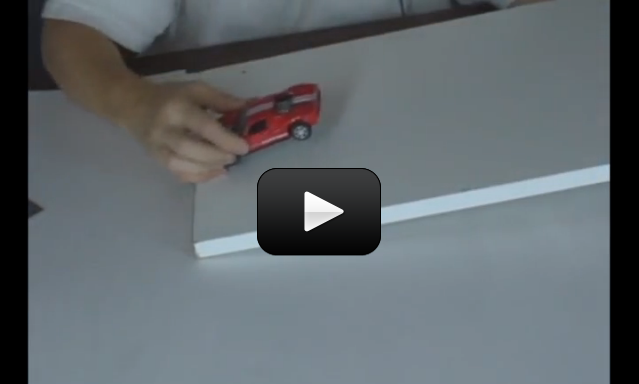This is a nit-picky experiment that focuses on the energy transfer of rolling cars. You’ll be placing objects and moving them about to gather information about the potential and kinetic energy.
We’ll also be taking data and recording the results as well as doing a few math calculations, so if math isn’t your thing, feel free to skip it.
Here’s what you need:
Please login or register to read the rest of this content.

